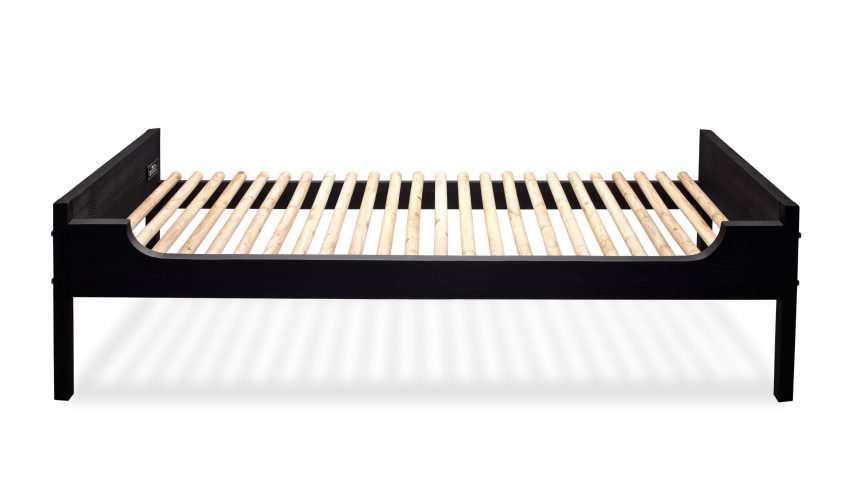
Adorno to present contemporary Nordic design at Chart Art Fair
Design gallery Adorno will display furniture and crafts from Norway, Denmark, Sweden, Finland and Iceland at an exhibition in Copenhagen later this month.
The exhibition will be on show at Chart Design, as part of the annual Chart Art Fair.
Curators have selected between five and eight practising designers and makers from each of the Nordic countries. The dozen or so pieces on display at the fair will form part of five larger collections named after each country's capital.
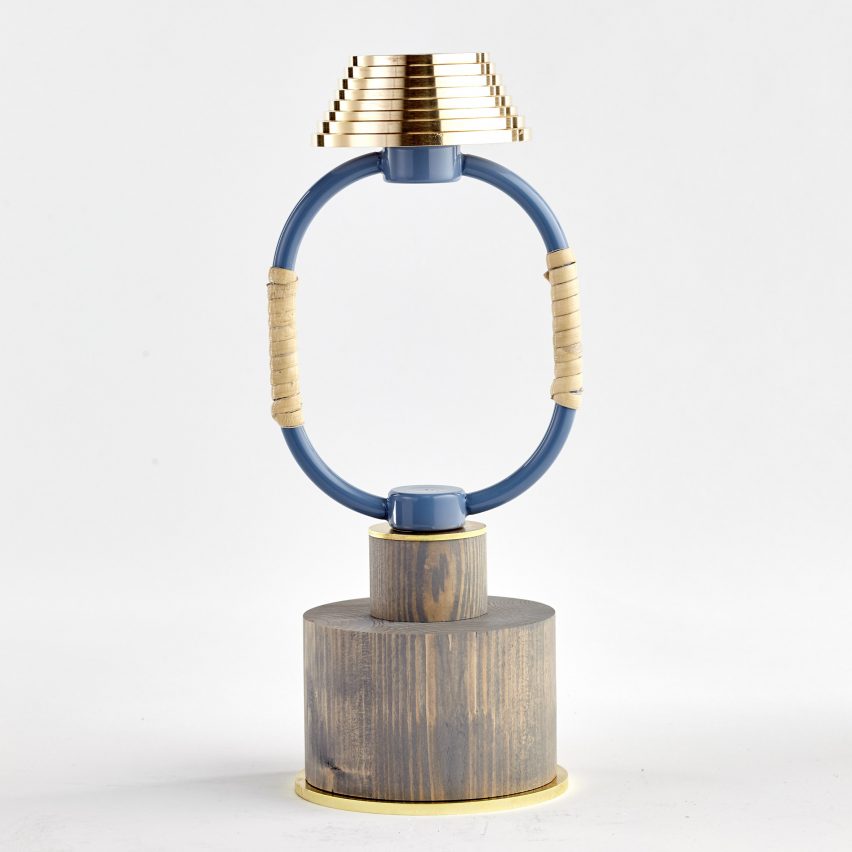
The collections will reflect current design trends in the region. The aim is to address whether the use of simple shapes and natural materials, which typifies Nordic design, are still evident in a globalised design world.
Items set to feature include an ash veneer cabinet on stilts by Aalto + Aalto, from the Helsinki collection selected by Finnish industrial designer Sebastian Jansson. Also, lamps and side tables in a biocomposite of limestone and bio-resin by Jonas Edvard, a graduate of the Royal Academy of Fine Arts in Denmark.
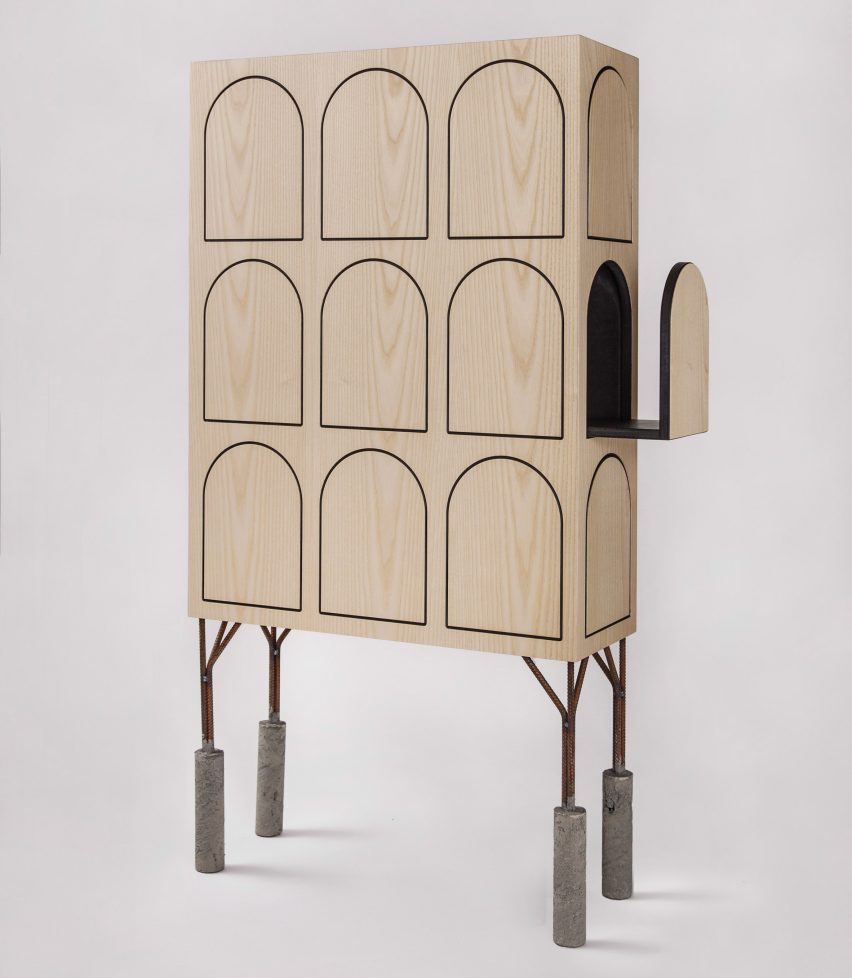
Each collection will demonstrate the traits of its respective design community.
"The artists and designers of today have a strong sense of enthusiasm, openness and community, and we wanted to highlight this in our collection" said Jannicke Kråkvik from Oslo-based creative studio Kråkvik & D'Orazio, curators of the Norwegian collection.
"Aesthetic-wise they might look different, but they have all got this playfulness about them and they have all studied their materials and pushed their limits."
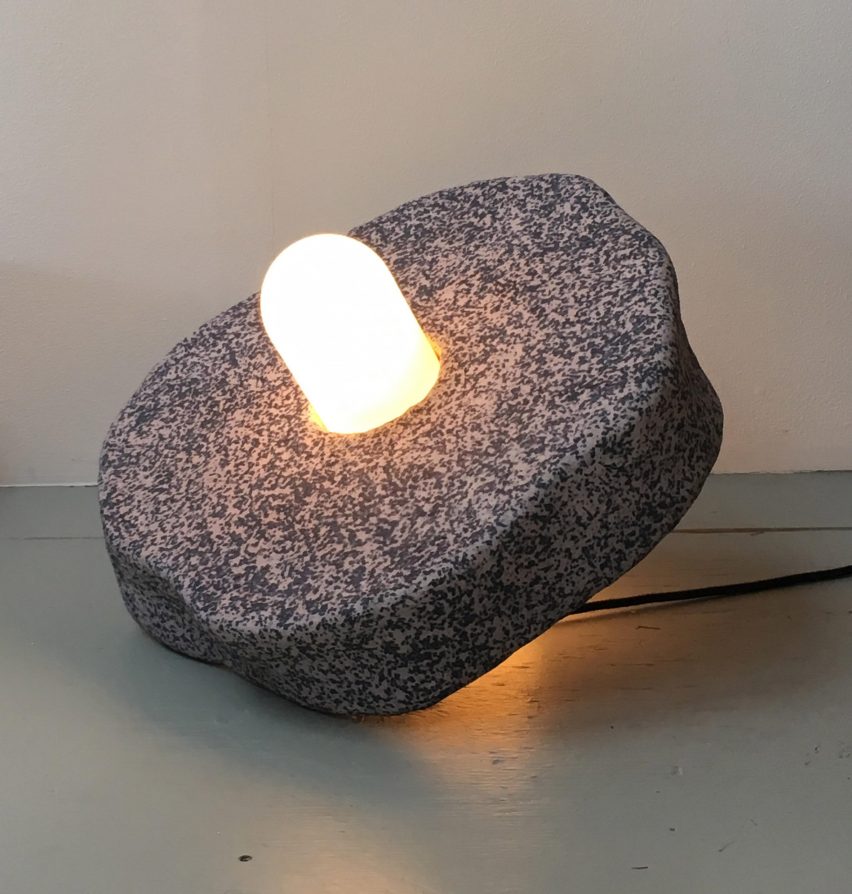
"Very often you can recognise a Norwegian and Nordic design by its simplicity and honesty in terms of both design and materials. But in the past few years it has most definitely become more playful and daring," she added.
"Since Norway is a young country in terms of design without the same cultural background as the Danes, Finns and Swedes I would say that we are the country that are the most daring without that weight of the past on our shoulders."
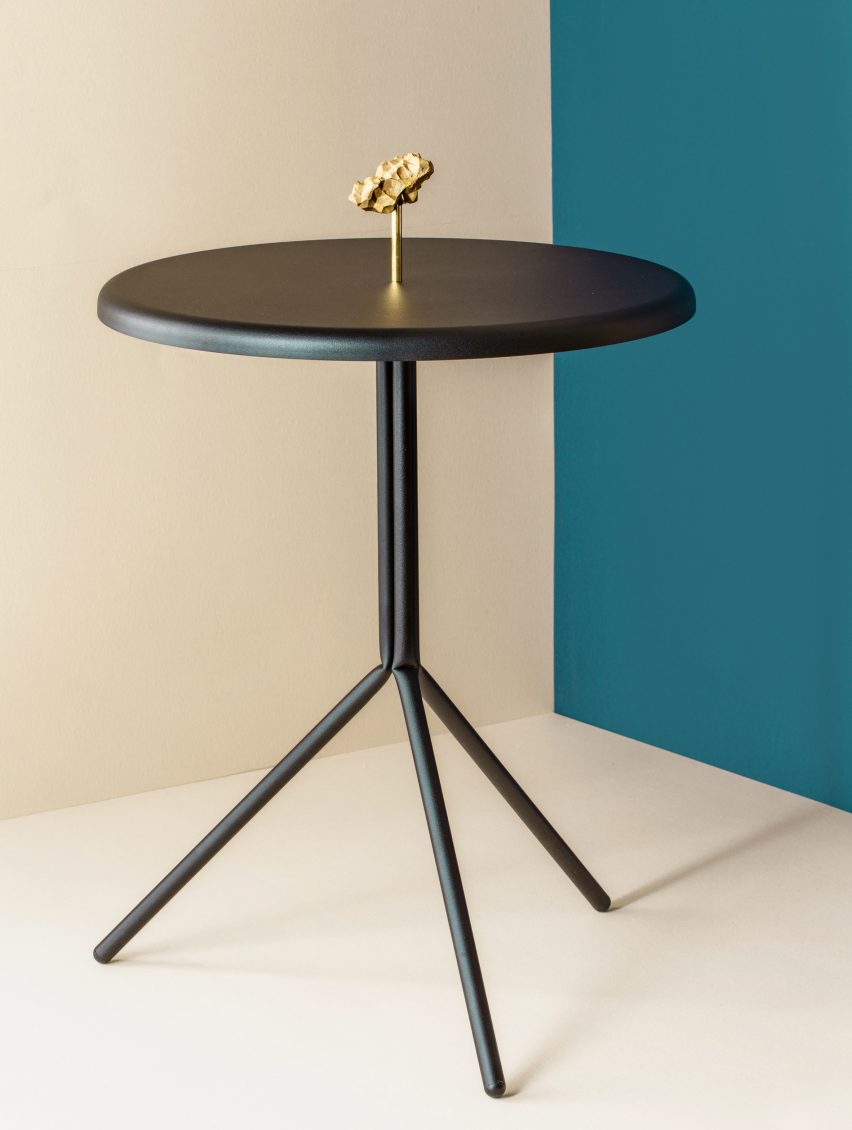
Hlín Helga Guðlaugsdóttir and María Kristín Jónsdóttir jointly curated the Reykjavík collection.
They describe the Icelandic design scene as small, experimental and tightly connected, a place where "it's very common to collaborate across disciplines".
As in Norway, Icelandic design is not bound by tradition, and is closely linked to craftsmanship and the capabilities of the designers themselves. The country lacks a large-scale established industry and has few manufacturing facilities, unlike other Nordic countries.
For this reason, much Icelandic design is conceptual – something the c0-curators have sought to demonstrate in their choices.
Contributing designer Róshildur Jónsdóttir has previously created a modelling kit of real Icelandic fish bones, while another of their choices, Magnús Ingvar Ágústsson, redesigned the game of chess to better reflect the realities of modern warfare.
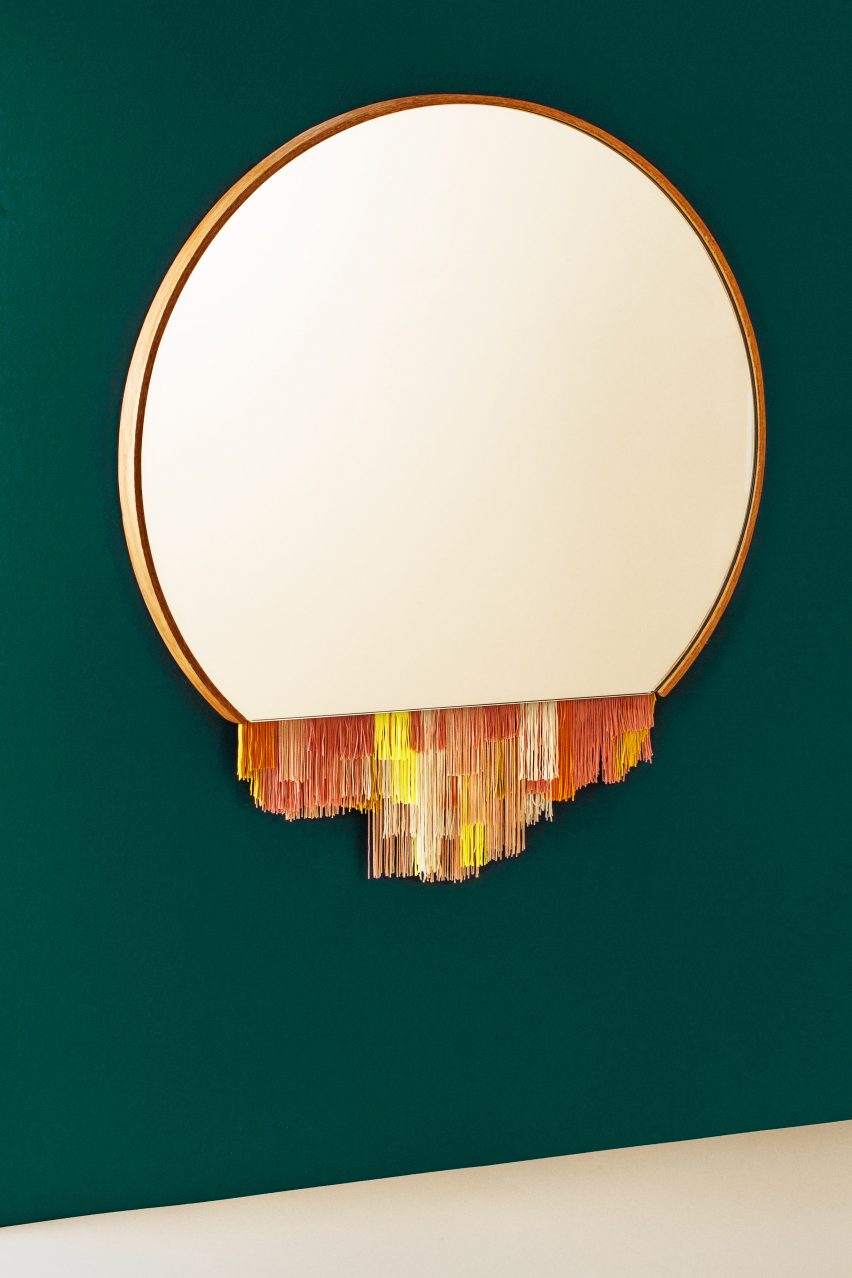
The exhibition takes place at the Den Frie Centre of Contemporary Art from 31 August to 2 September 2018. There will also be a digital exhibition at adorno.design.
The digital content will include further design objects from each country and explore the processes behind the designers' work through short films and interviews.
A talk on 1 September, with a panel including Pernille Stockmarr, a curator at the Design Museum in Denmark and Hella Helgadóttir, managing director of the Iceland Design Centre, will consider what makes the design vernacular particular to each of the five countries, and whether these distinctions can be maintained in today's design monoculture.
"In the past Nordic design was easier to recognise than today," said Jannicke Kråkvik.
"Thanks to the enormous flow of information through the online platforms we collaborate worldwide and gather our information from the same places. We are all influenced by each other."
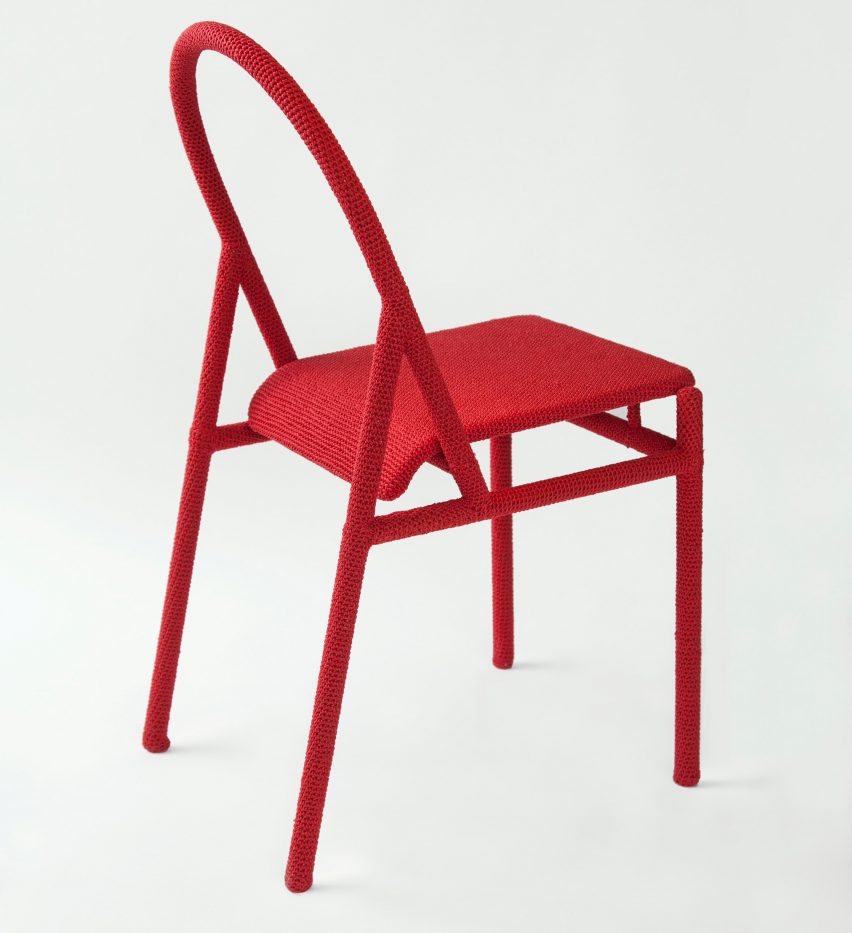
Adorno was set up in February 2017 by tech entrepreneurs Kristian Snorre Andersen and Martin Clausen. The platform offers a window into 12 design communities around the world in Europe, the Middle East, Central and South America.
Design experts in each city direct a global audience towards limited-edition work by local designers, and document the design scene of their hometown. Adorno intends to expand into 17 cities by the end of the year, in addition to the five countries represented at Now Nordic.
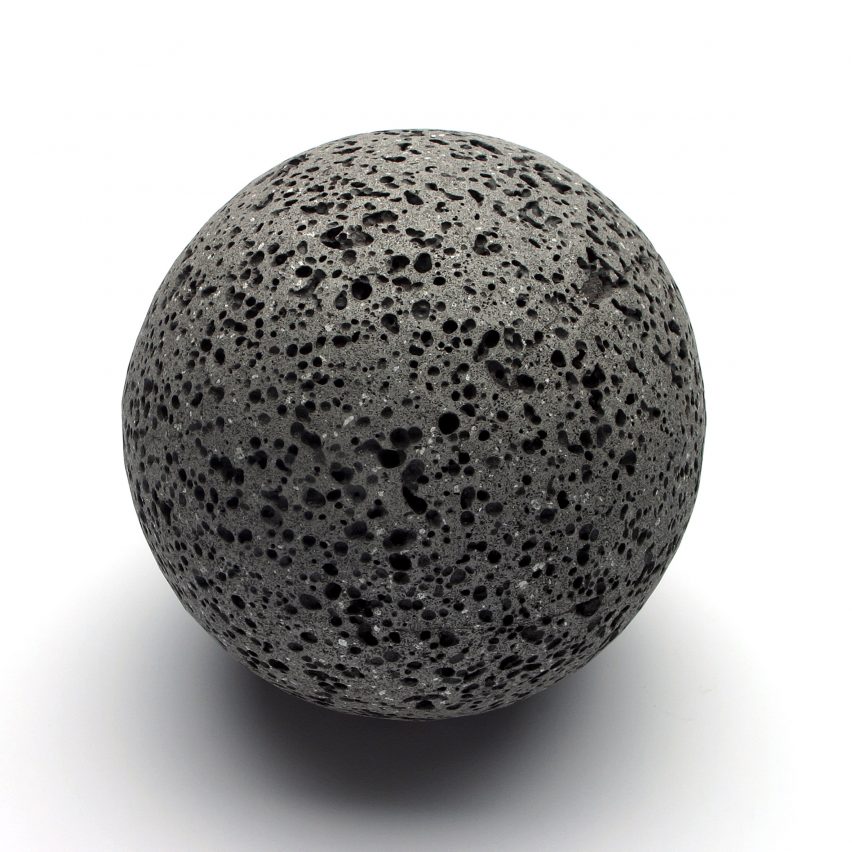
"For decades Nordic design has been dominated by older and larger design companies known for perfecting design products characterised by simplicity and functionality," added Snorre Andersen.
"This style, and type of production, has dominated the Nordic design scene up until recently, but now more and more designers want to break free from this tradition, and create something entirely new, which somehow still builds on the strong Nordic design and crafts heritage."
In November, they will take Now Nordic to Dubai to show the pieces alongside those produced by designers and craftsmen in UEA.